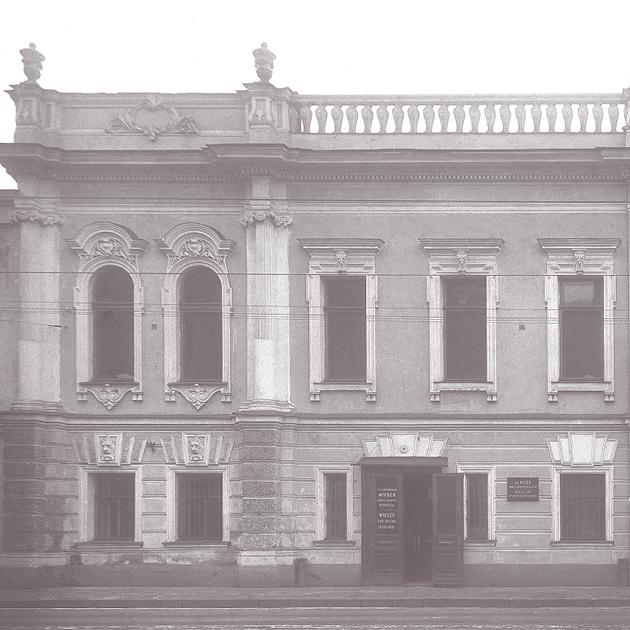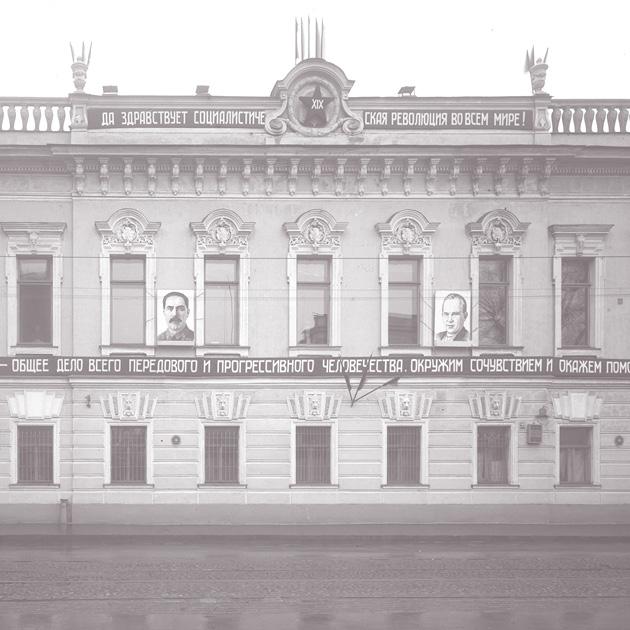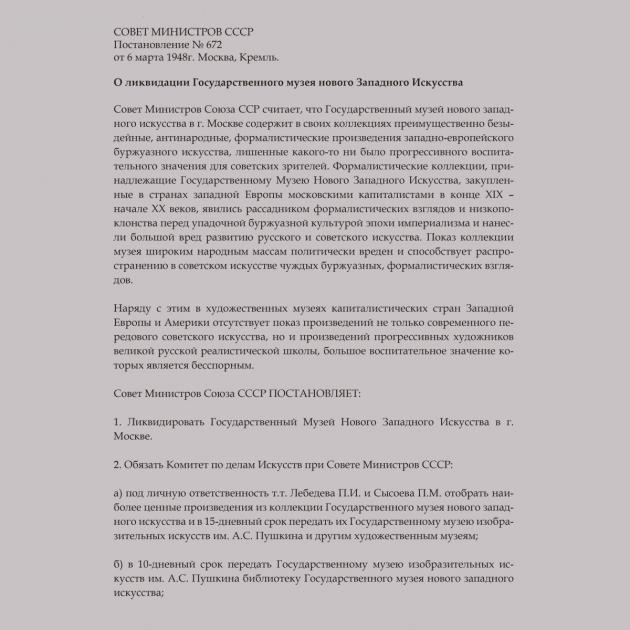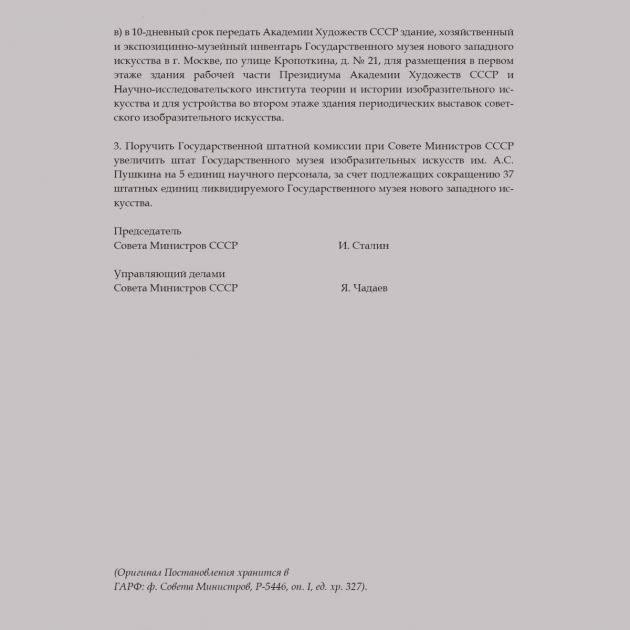
The State Museum of the Modern Western Art
The entrance to the Museum of the Modern Western Art on Prechistenka Street
1936
Visitors of the Pushkin State Museum of Fine Arts in Moscow and the State Hermitage in Saint-Petersburg, while admiring the masterpieces of Impressionists, Gauguin, Matisse, Picasso, frequently do not think about the origins of these wonderful museums, and do not know that their collections once were part of a bigger one. A unique art museum existed in Moscow between 1923 and 1948, the first and the only museum of the modern art in the country. It collected, preserved and studied European and American art created between 1850s-1930s. It was named the State Museum of the Modern Western Art, and consisted of two large Moscow collections of the modern European art, mainly French (works of Impressionists and Postimpressionists), gathered in late 19th - early 20th century by Moscow merchants and art conoisseurs Sergei Schukin and Ivan Morozov. After the revolution of 1917, at the end of 1918, their private collections were nationalized by the decrees of the Soviet Govermnent, and transformed into public museums; later, in 1923 they were combined into one. In this way the State Museum of The Modern Western Art became the first museum of the modern art in the world, whereas the New York Museum of Modern Art (MoMA) came to existence only five years later. The situation was unique because both Schukin and Morozov started to collect works of Impressionists, Cezanne, Van Gogh, Gaugain, Matisse and Picasso earlier than did French and other public museums, as private collectors often are ahead of the State. In this way the Russian art conosseurs managed to gather in Russia the most represenative works of the best masters. «(…) None of the public museums, none of the private galleries with, perhaps, the exception of the Barnes Foundation in Philadelphia, offer such a rich and diverse picture of the French art evolution in the last 50 years, - wrote in 1933 Boris Ternovets, the Museum director. – The importance of the museum is not only in the number of works in its collection, but in its unique artistic quality; the most important artists of the 19th and 20th century, such as Monet, Renoir, Van Gogh, Matiss, Picasso, Derain, and others, are represented in the museum by very significant, and sometimes major works; that is where the intensity of the impression and aesthetic emotion that captures the visitor comes from». The Museum of the Modern Western Art had a very significant influence on the soviet painters, may of them called the museum their professional school. Painters of the older generation remembered these paintings from before the revolution of the 1917, when they were able to see them in the mansion of Sergei Schukin, opened for the public. The museum was widely known abroad, just as the private collections of Schukin and Morozov before 1917, and thus was frequently visited by the foreigners who came to the USSR.

Design of the Museum building to the XIX anniversary of the October Revolution
1936
In order to justify its name, the Museum of the Modern Western Art had to develop and grow its collections, as well as follow all the trends in the American and European art; however, the State could not acquire as many works of art as Schukin and Morozov used to - the country was going through the years of hunger and financial deficit. All the Museum could do was bring in some pieces from the nationalized private collections that often contained very significant works, accept donations, sporadically buy art at the exhibitions, and exchange works by the Soviet artists for the western ones.
During the Great Patriotic War the collection was moved to Novosibirsk. After its return to Moscow in 1944, the museum display was never restored. In 1946 the political climate changed, and the epoque of the «Iron Curtain» began, followed by the the campaig against cosmopolitanism in the USSR. The museum future was discussed at a very high level, and finally the Museum was liquidated by the decree of the Board of Ministers of the USSR #672 dated March 6, 1948. The collection, that in the 1918 decree was named «the unique collection of great European artists that due to its highest artistic quality has the nationwide importance for the people's education», was now proclaimed socially dangerous and destructive.

 1 / 2
1 / 2Decree of the Board of Ministers of the USSR on the liquidation of the State Museum of the Modern Western Art dated March 6, 1948
First page
Decree of the Board of Ministers of the USSR on the liquidation of the State Museum of the Modern Western Art dated March 6, 1948
Second page
In this way the city lost the museum whose famous collections were once born in the Moscow artistic environment; the museum that was unique not only for the country, but for the whole world. Fortunately, such a situation in the history of the soviet art museums is unique. Today Esenin, Schoktakovitch, Akhmatova and other masters from the «black list», including artists of the Russian avant-guarde, are restored in their rights. The time to remember the Museum of the Modern Western Art and its dramatic destiny has come, as well as the need to understand why it was liquidated during the years of the totalitarian regime in the USSR. The State Museum of the Modern Art must return from oblivion and finally be rehabilitated.
Documentary film about
The State Museum of the Modern Western Art (1918 - 1948)
Interview with Irina Antonova, President of The Pushkin State Museum of Fine Arts:
Interview with Mikhail Piotrovskiy, Director of The State Hermitage Museum: